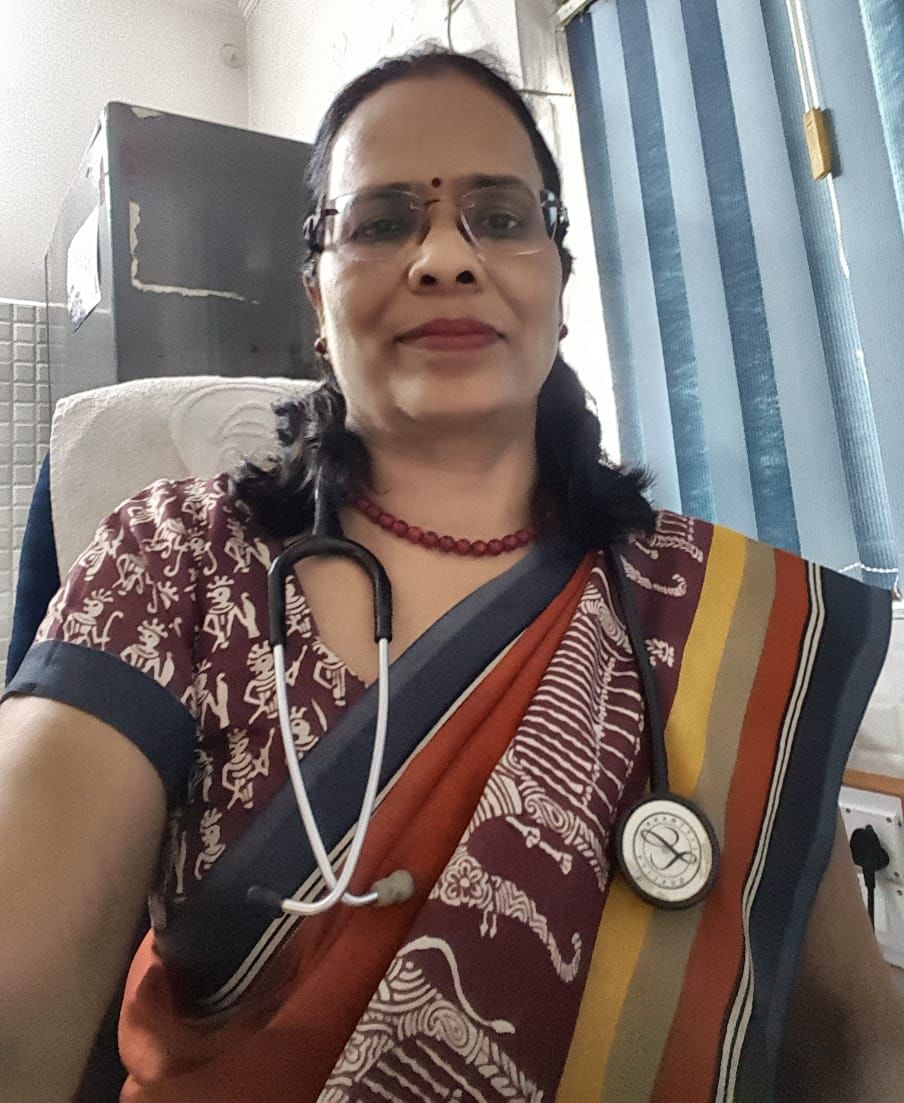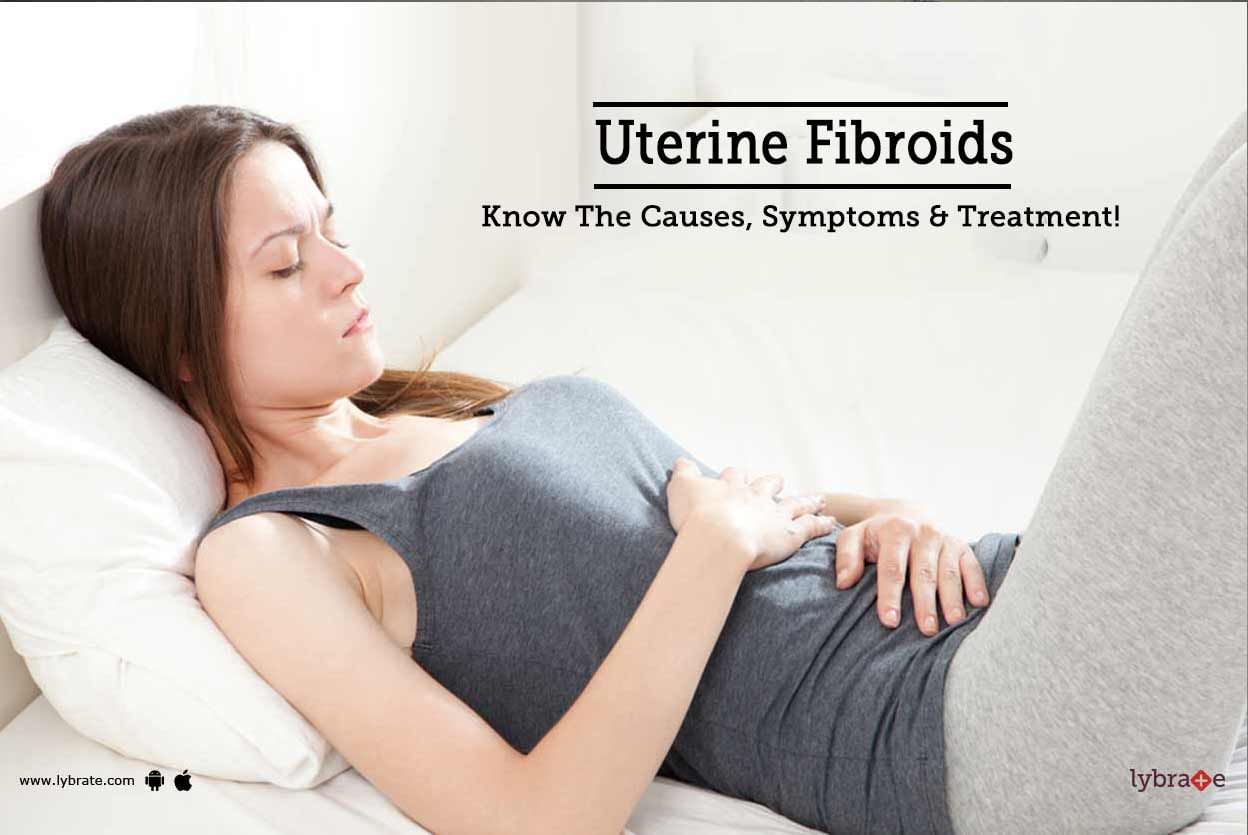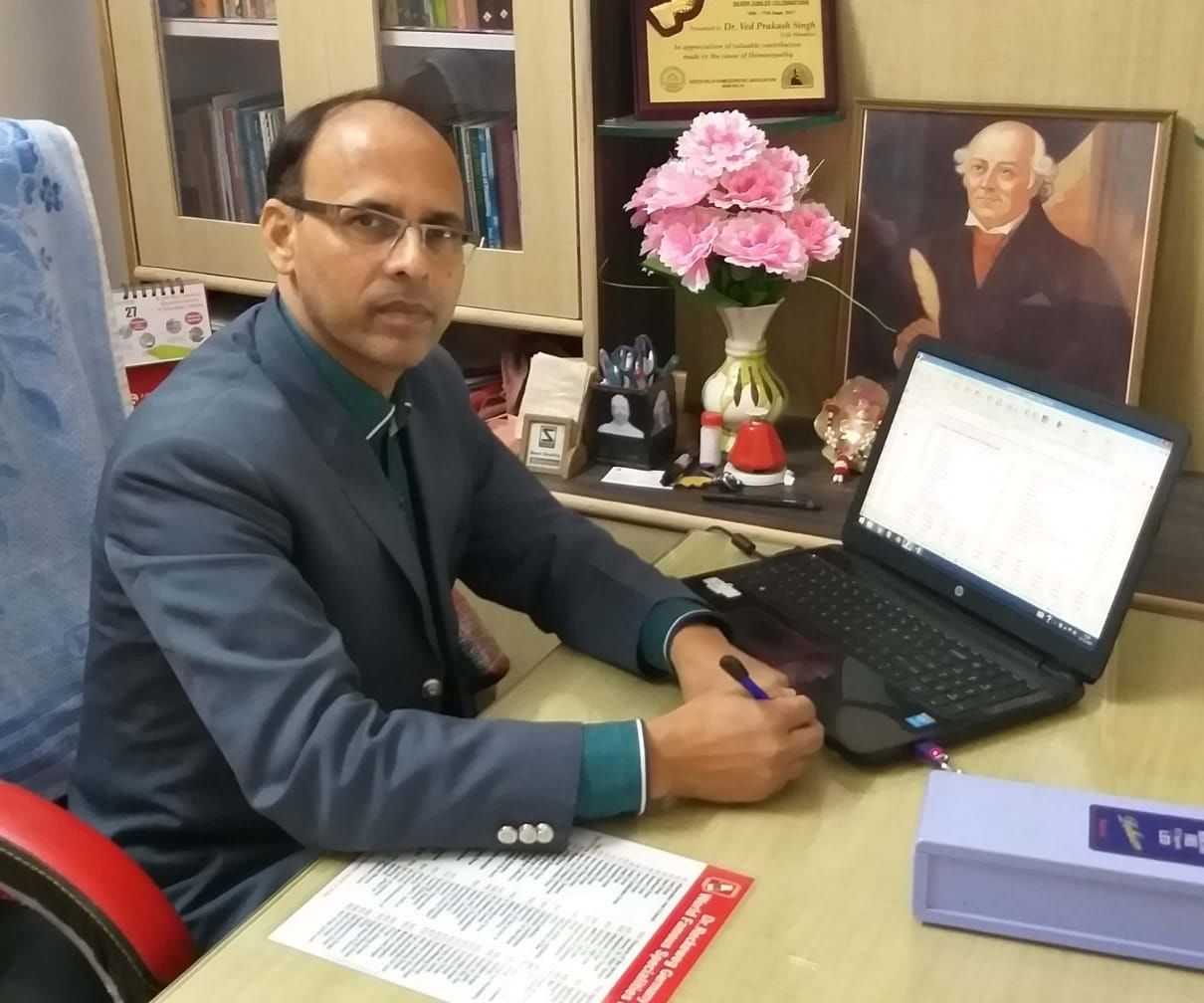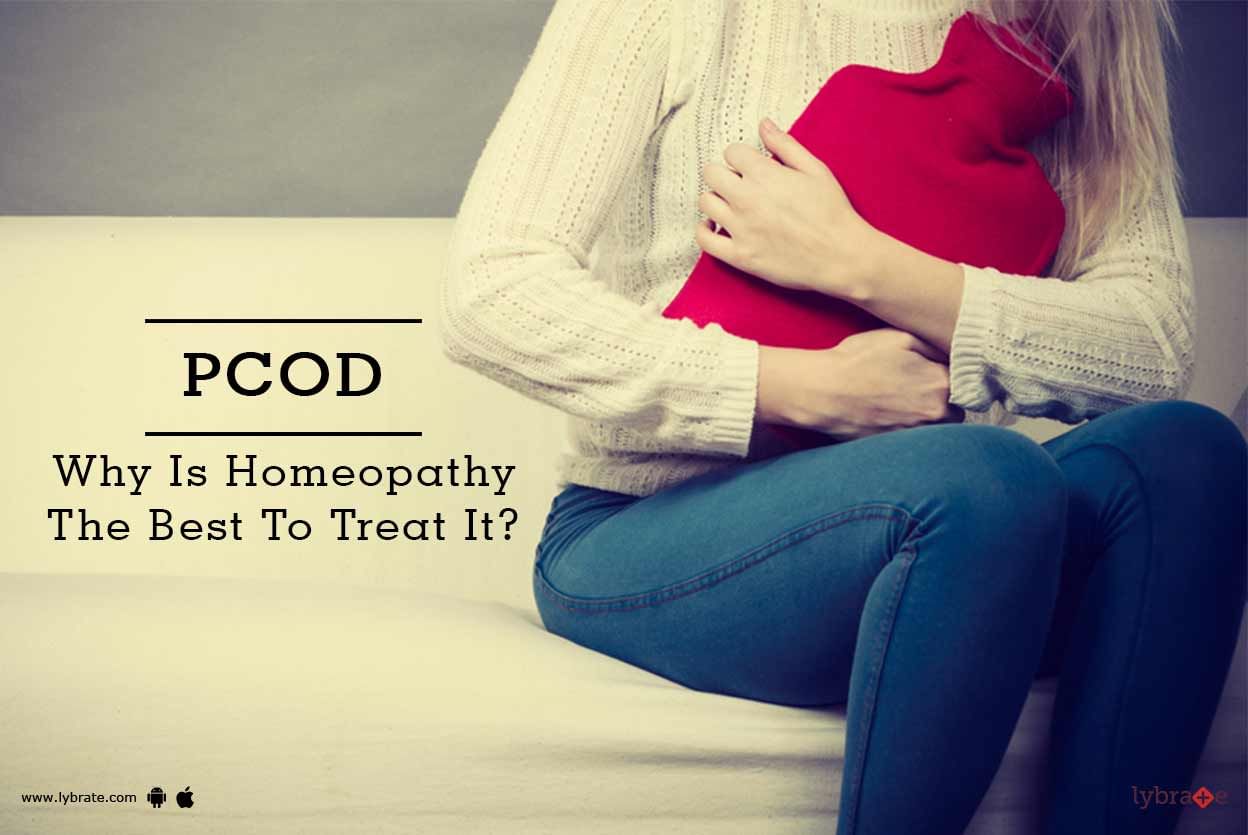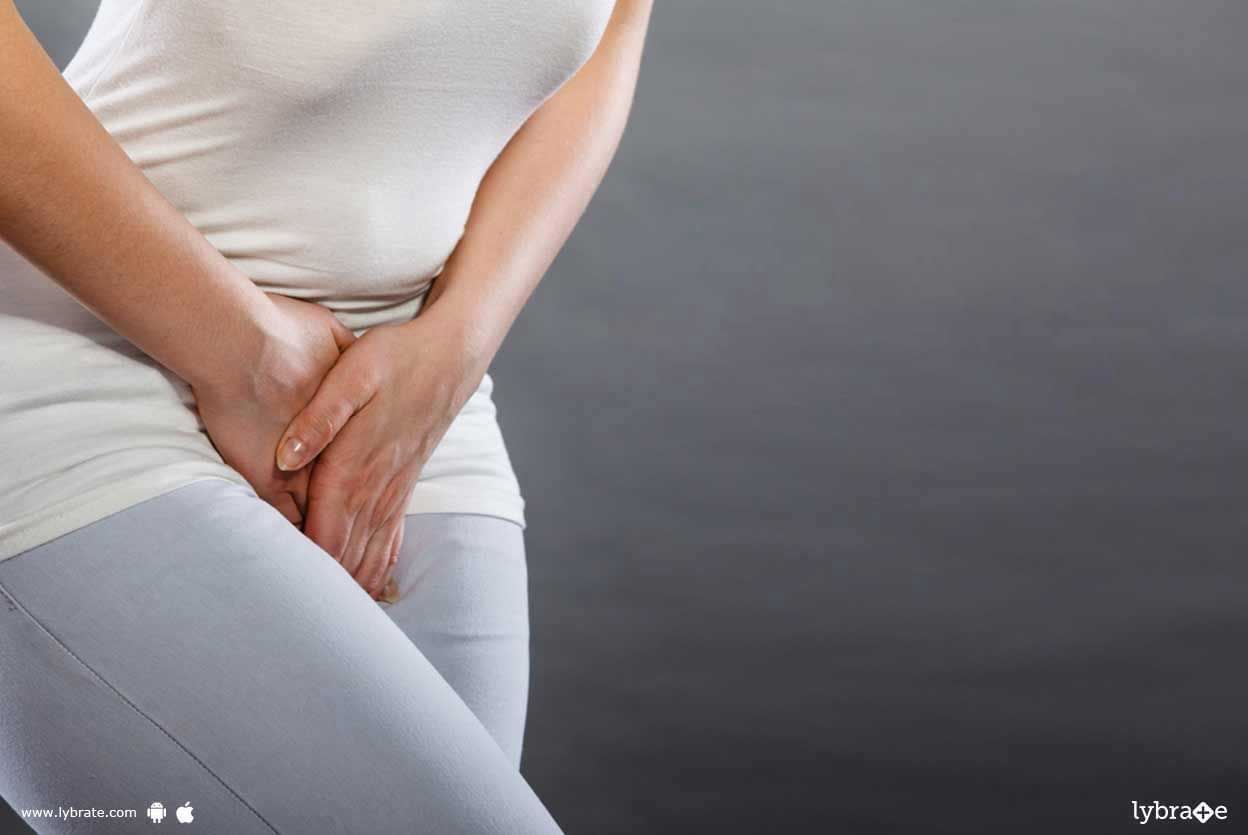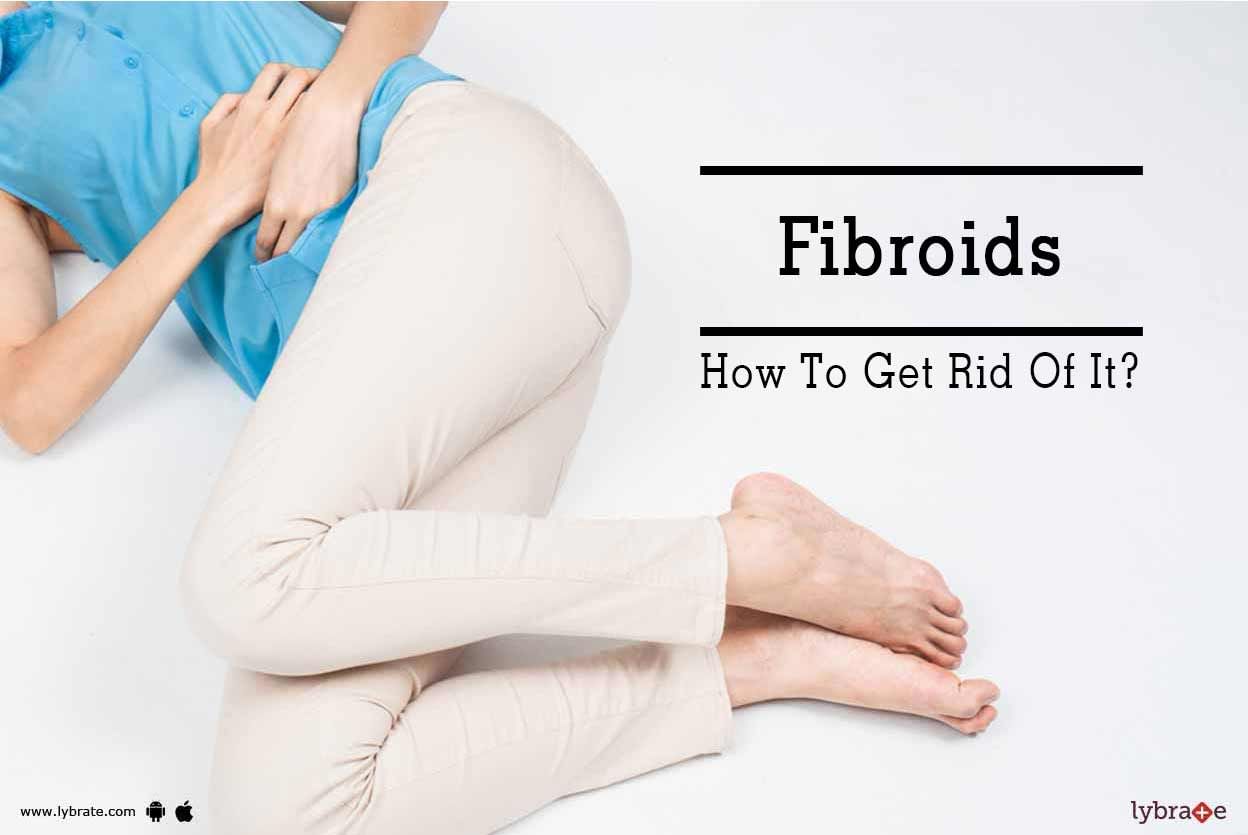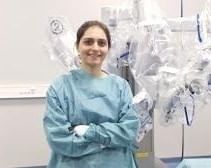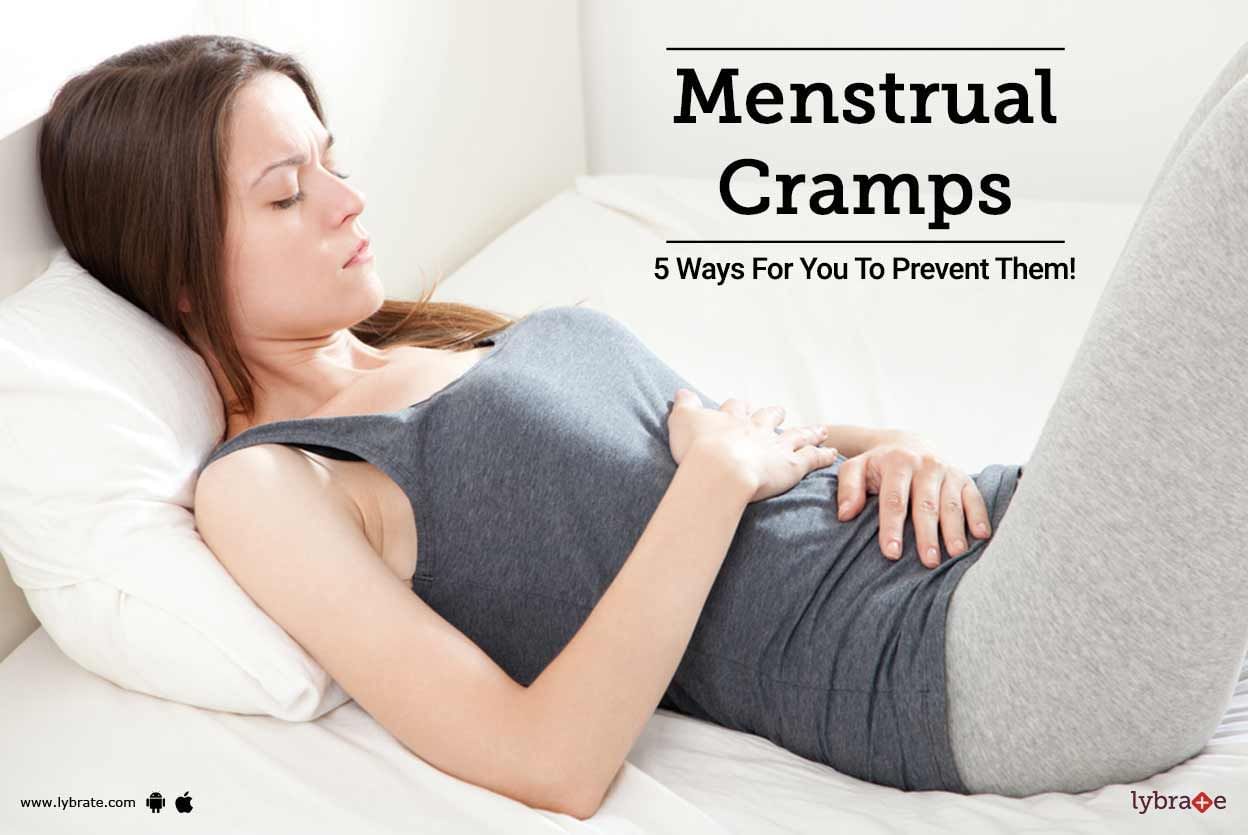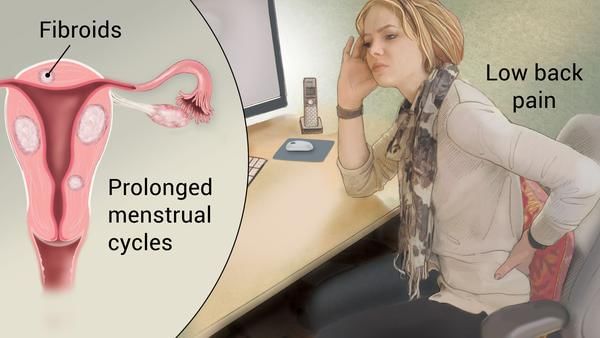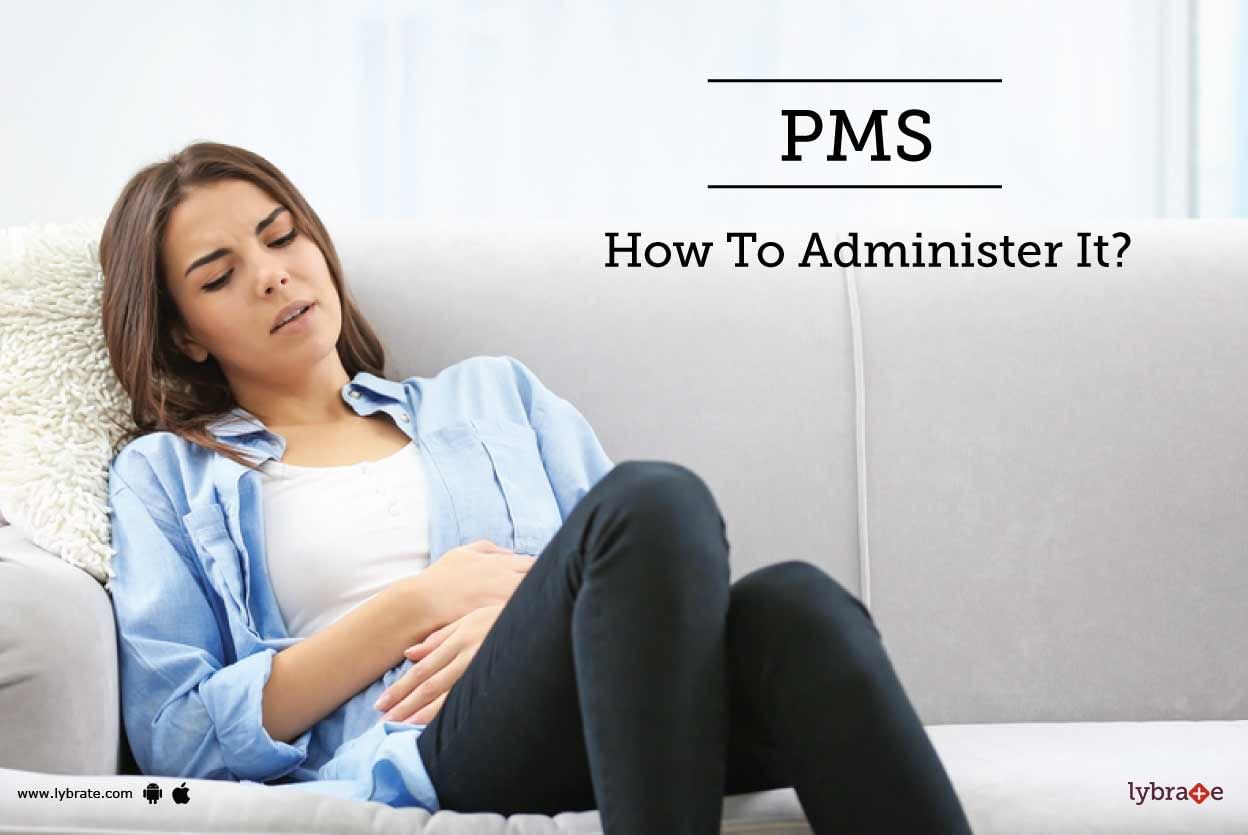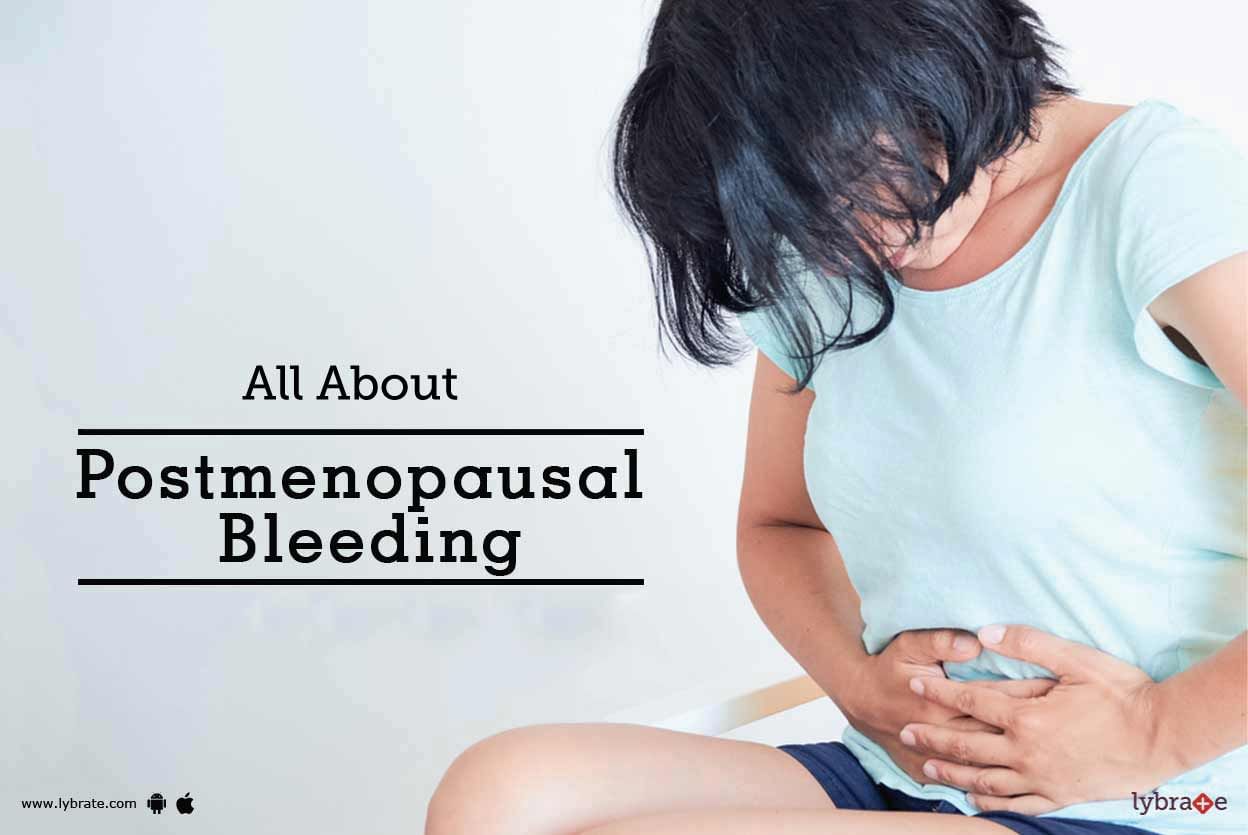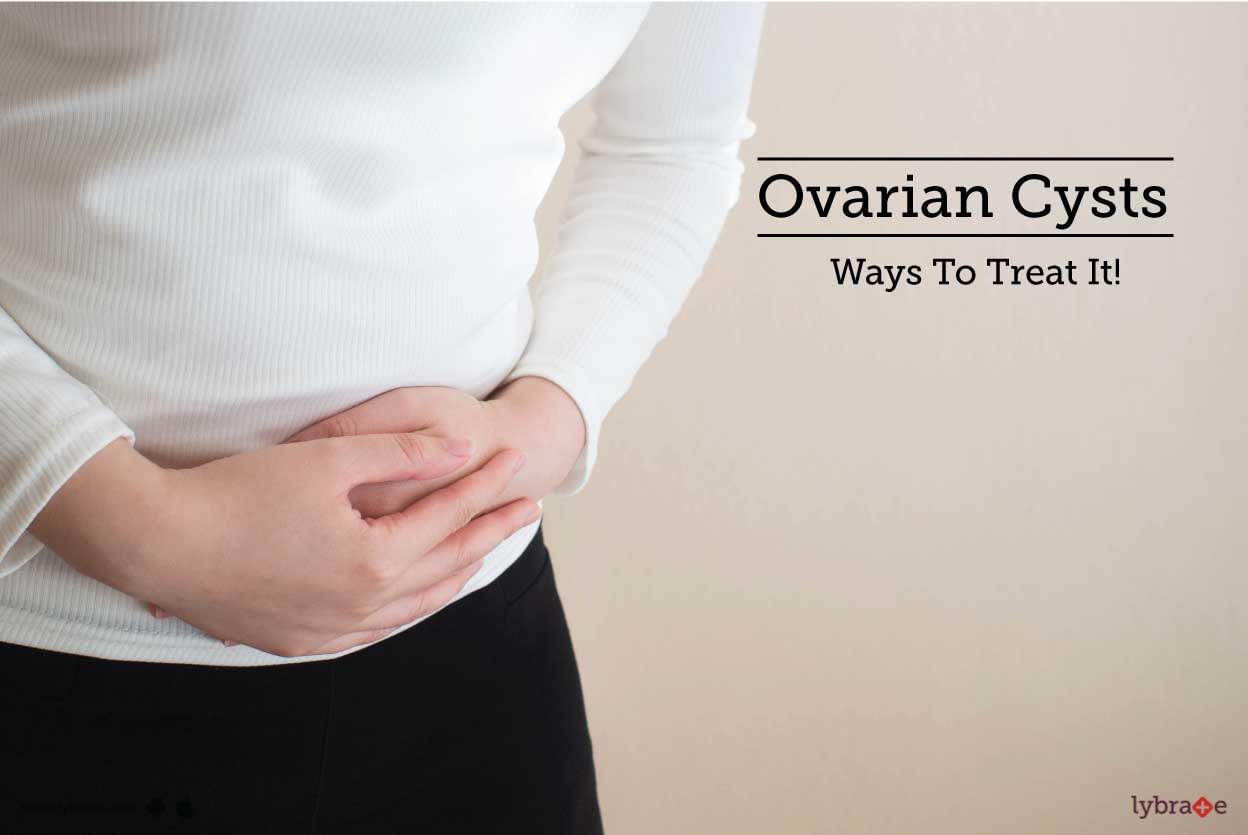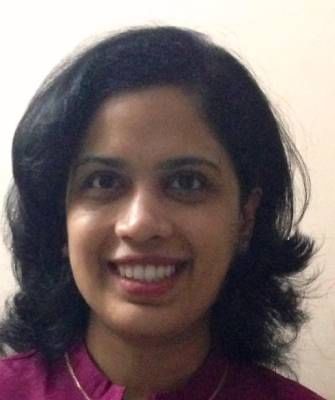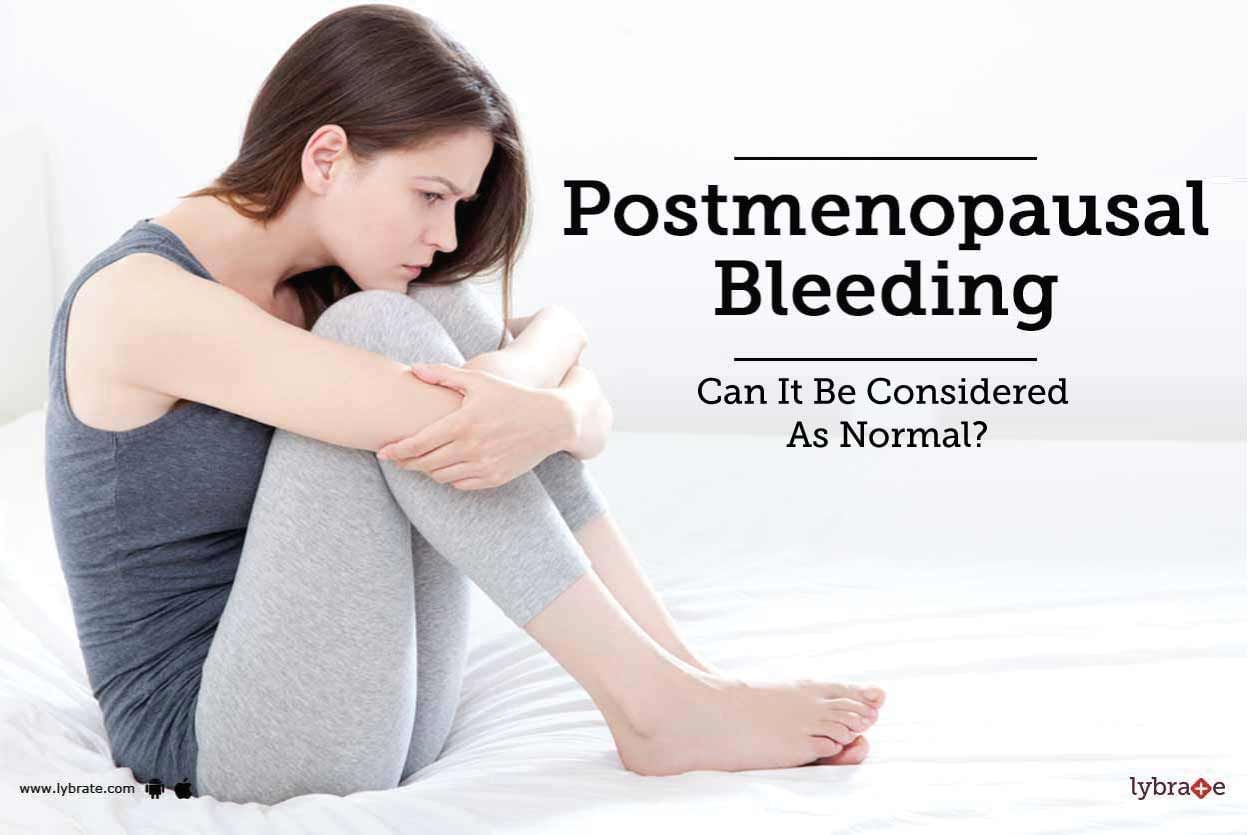Get the App
For Doctors
Login/Sign-up
Health Feed
Find Doctors
Health Packages
AllQ&AsTipsQuizzes
Premenstrual Tenderness in Breasts Tips
Last Updated: 6 years ago• Featured Tip
Share
Bookmark
Report
It is very common for women to have heavy and painful periods or have a feeling of fullness in the lower abdomen. Although, it may not sound very alarming these could be the symptoms of uterine fibroids. These are the most common types of benign tumors found in women. The fibroids are basically some tissues and muscle cells that grow within the uterus, outside the uterus, or along the wall of the uterus. The fibroids are usually benign and asymptomatic and do not require any treatment unless the...more
Last Updated: 6 years ago• Featured Tip
Share
Bookmark
Report
Poly Cystic Ovarian Disease or PCOD is a syndrome wherein more than one cyst is formed in the ovaries of the women who are in the reproductive age. This disease thereby creates problems in hormonal levels which lead to the irregular menses in women along with infertility and masculine changes in the body. The main reason for this disease is the hormonal imbalance and also a genetic disease.
Some of the causes of PCOD are listed below:
If there is a rise in Testosterone level.
T...more
Some of the causes of PCOD are listed below:
If there is a rise in Testosterone level.
T...more
Last Updated: 6 years ago• Featured Tip
Share
Bookmark
Report
Uterine fibroids, also known as leiomyomata, are non-cancerous growths which develop in and around the uterus or the womb and form benign tumors in course of time. Though there are several types of uterine fibroids, they are all consistently similar in their genetic makeup. They are generally classified depending on their specific locations:
Myometrial or intramural fibroids
Submucosal fibroids
Subserosal fibroids
Pedunculated fibroids
Signs and symptoms
In most...more
Myometrial or intramural fibroids
Submucosal fibroids
Subserosal fibroids
Pedunculated fibroids
Signs and symptoms
In most...more
Last Updated: 6 years ago• Featured Tip
Share
Bookmark
Report
Fibroids are benign (non-cancerous) tumours of the womb (uterus). They are also known as myomas. They are growths of smooth muscle and fibrous tissue. The size of fibroids can vary from as small as a pea to that of a melon. At least one in five women develop a fibroid at some stage of their life, usually between the ages of 30-50 years old.
Fibroids are named according to where they are found in the womb. There are three types:
Intramural fibroids are found in the wall of the...more
Fibroids are named according to where they are found in the womb. There are three types:
Intramural fibroids are found in the wall of the...more
Last Updated: 6 years ago• Featured Tip
Share
Bookmark
Report
More than half of the women who menstruate, tend to go through pain from period cramps for a day or two every month. During the menstrual cycle, the uterus contracts to remove its coating or lining. Hormone like substances, called prostaglandins, which are the cause for pain and aggravation, trigger the uterine muscle contractions. More elevated levels of prostaglandins are linked with more severe menstrual cramps.
While menstrual cramps, additionally called dysmenorrhea, are normally n...more
While menstrual cramps, additionally called dysmenorrhea, are normally n...more
Last Updated: 6 years ago• Featured Tip
Share
Bookmark
Report
Last Updated: 6 years ago• Featured Tip
Share
Bookmark
Report
PMS is often treated as a joke but for many women, it is a monthly nightmare. Muscle cramps, headaches, bloating, breast tenderness, anxiety and depression are common symptoms of PMS. Though there is no set cure for PMS here are a few tips that will help you deal with it.
1. Set yourself an exercise routine
Exercising not only helps you maintain weight but also helps dealing with PMS. All you need are 30 minutes a day set aside to go for a brisk walk, jog, swim or even dance. A...more
1. Set yourself an exercise routine
Exercising not only helps you maintain weight but also helps dealing with PMS. All you need are 30 minutes a day set aside to go for a brisk walk, jog, swim or even dance. A...more
Last Updated: 6 years ago• Featured Tip
Share
Bookmark
Report
Most women attain menopause between the ages of the late 40s and early 60s, the average age being about 51. This is an important milestone in a women-s gynecological history. One major change is altered female hormone levels, and this leads to a lot of physiological changes. From hot flashes to mood swings, there is also increased predisposition to osteoporosis and uterine cancer.
If you have not had your menstrual cycles for close to 12 months, chances are you are into menopause. So, t...more
If you have not had your menstrual cycles for close to 12 months, chances are you are into menopause. So, t...more
Last Updated: 6 years ago• Featured Tip
Share
Bookmark
Report
All women have two ovaries located on either side of the uterus. They are fundamental for the process of child birth. However ovarian cysts have emerged as major problems which most women suffer from. In this, small pockets filled with fluids develop on the surface or within the ovaries. Though they are generally harmless, often times disappearing without any treatment, they do have the potential to create complications during child birth. Treatment of ovarian cysts depends on the size and the q...more
Last Updated: 6 years ago• Featured Tip
Share
Bookmark
Report
Most women attain menopause between the ages of late 40s and early 60s, the average age being about 51. This is an important milestone in a women-s gynecological history. One major change is altered female hormone levels, and this leads to a lot of physiological changes. From hot flashes to mood swings, there is also increased predisposition to osteoporosis and uterine cancer.
If you have not had your menstrual cycles for close to 12 months, chances are you are into menopause. So, that ...more
If you have not had your menstrual cycles for close to 12 months, chances are you are into menopause. So, that ...more
Book appointment with top doctors for Premenstrual Tenderness in Breasts treatment
View fees, clinic timings and reviews
Ask a free question
Get FREE multiple opinions from Doctors
posted anonymously

